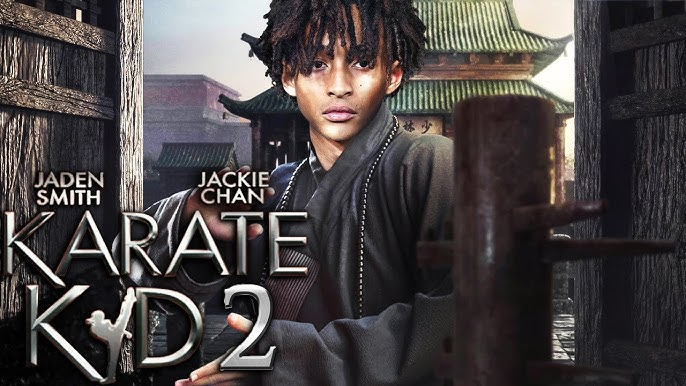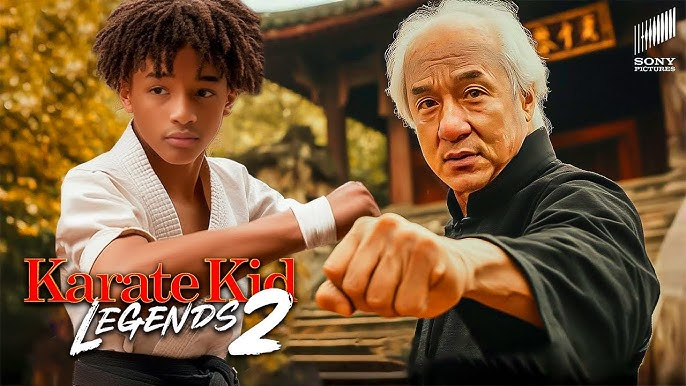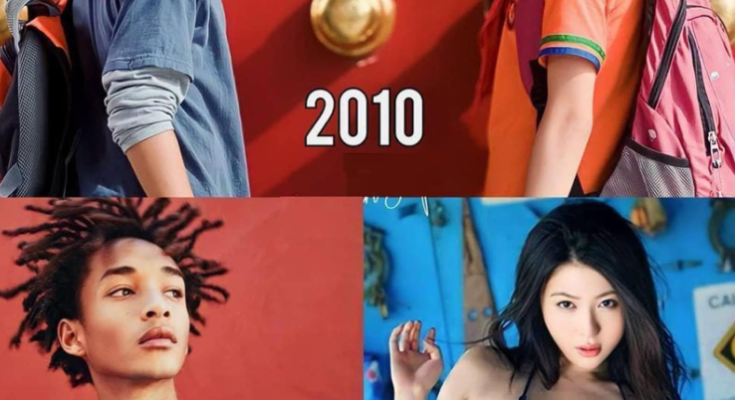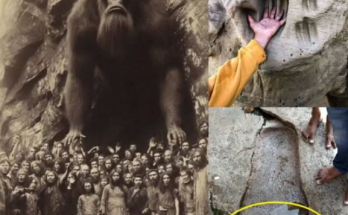Some lessons never fade. They grow, passed down from teacher to student, from generation to generation. Karate Kid 2 (2025) continues one of cinema’s most beloved sagas, blending nostalgia with renewal in a story that honors the past while carving a path for the future.

The film opens years after the events of the original revival. The dojo once founded on the values of honor and discipline stands fractured, threatened not only by rival schools but by the weight of history itself. Daniel LaRusso, now older and wiser, faces the challenge of mentoring the next generation while reconciling his own doubts as both teacher and father figure.
At the center of the story is a new student, a prodigy whose raw talent is matched only by a burning anger. Their journey becomes the emotional spine of the film, echoing Daniel’s own struggles as a youth while forcing him to confront the darker side of martial arts: that skill without balance leads only to destruction.

Mr. Miyagi’s spirit hovers over every moment. His teachings, remembered through stories, flashbacks, and quiet rituals, remind both Daniel and the audience that karate is not about fighting but about living with harmony and respect. This theme of legacy—what we inherit, what we carry, and what we pass on—gives the sequel its heart.
The antagonists are fierce: rival dojos driven by greed, pride, and vengeance. Among them emerges a new sensei, as ruthless as Cobra Kai’s leaders once were, determined to break Daniel’s philosophy and reshape karate into a weapon of dominance. Their conflict becomes more than a competition—it becomes a battle for the soul of martial tradition itself.
The action is visceral, grounded in authenticity yet elevated with modern choreography. Training sequences echo the discipline of the original—wax on, wax off—but evolve into dazzling fights staged in tournaments, back alleys, and even spiritual settings that test mind as much as body. Each strike feels earned, each kick layered with meaning.

Supporting characters bring richness: old rivals returning as allies, new students embodying both hope and danger, and family members whose presence anchors the story in love and responsibility. Their arcs remind us that karate is not just about combat, but about community.
Visually, the film captures both intimacy and spectacle. The quiet serenity of training montages contrasts with the intensity of neon-lit tournaments and rain-soaked duels. The cinematography ensures every fight is more than physical—it is emotional storytelling through movement.
The score blends echoes of Bill Conti’s iconic themes with fresh, modern energy. Gentle flutes accompany moments of reflection, while pounding drums electrify tournament scenes, carrying the audience on waves of tension and triumph.
Thematically, Karate Kid 2 is about balance. Between tradition and innovation, between anger and peace, between teacher and student. It asks whether the values of the past can survive in a modern world obsessed with victory at all costs.
By its finale, the film delivers both catharsis and continuity. Battles are fought, honor is tested, and the dojo’s legacy is secured—not through domination, but through the resilience of Miyagi’s teachings. Victory comes not from defeating others, but from defeating the fear and anger within.
Ultimately, Karate Kid 2 (2025) is a heartfelt continuation of a timeless story. Fierce in its fights, tender in its lessons, and powerful in its themes, it honors the wisdom of the past while proving that the next generation is ready to carry the torch. The legacy of karate endures—not just in fists and kicks, but in the hearts of those willing to learn.



